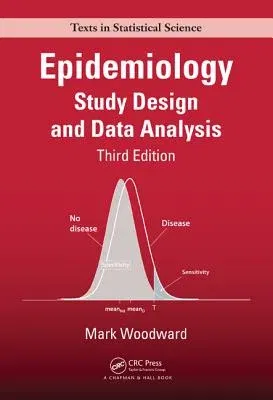Highly praised for its broad, practical coverage, the second edition of
this popular text incorporated the major statistical models and issues
relevant to epidemiological studies. Epidemiology: Study Design and
Data Analysis, Third Edition continues to focus on the quantitative
aspects of epidemiological research. Updated and expanded, this edition
shows students how statistical principles and techniques can help solve
epidemiological problems.
New to the Third Edition
- New chapter on risk scores and clinical decision rules
- New chapter on computer-intensive methods, including the bootstrap,
permutation tests, and missing value imputation
- New sections on binomial regression models, competing risk,
information criteria, propensity scoring, and splines
- Many more exercises and examples using both Stata and SAS
- More than 60 new figures
After introducing study design and reviewing all the standard methods,
this self-contained book takes students through analytical methods for
both general and specific epidemiological study designs, including
cohort, case-control, and intervention studies. In addition to classical
methods, it now covers modern methods that exploit the enormous power of
contemporary computers. The book also addresses the problem of
determining the appropriate size for a study, discusses statistical
modeling in epidemiology, covers methods for comparing and summarizing
the evidence from several studies, and explains how to use statistical
models in risk forecasting and assessing new biomarkers. The author
illustrates the techniques with numerous real-world examples and
interprets results in a practical way. He also includes an extensive
list of references for further reading along with exercises to reinforce
understanding.
Web Resource
A wealth of supporting material can be downloaded from the book's CRC
Press web page, including:
Real-life data sets used in the text
SAS and Stata programs used for examples in the text
SAS and Stata programs for special techniques covered
Sample size spreadsheet

